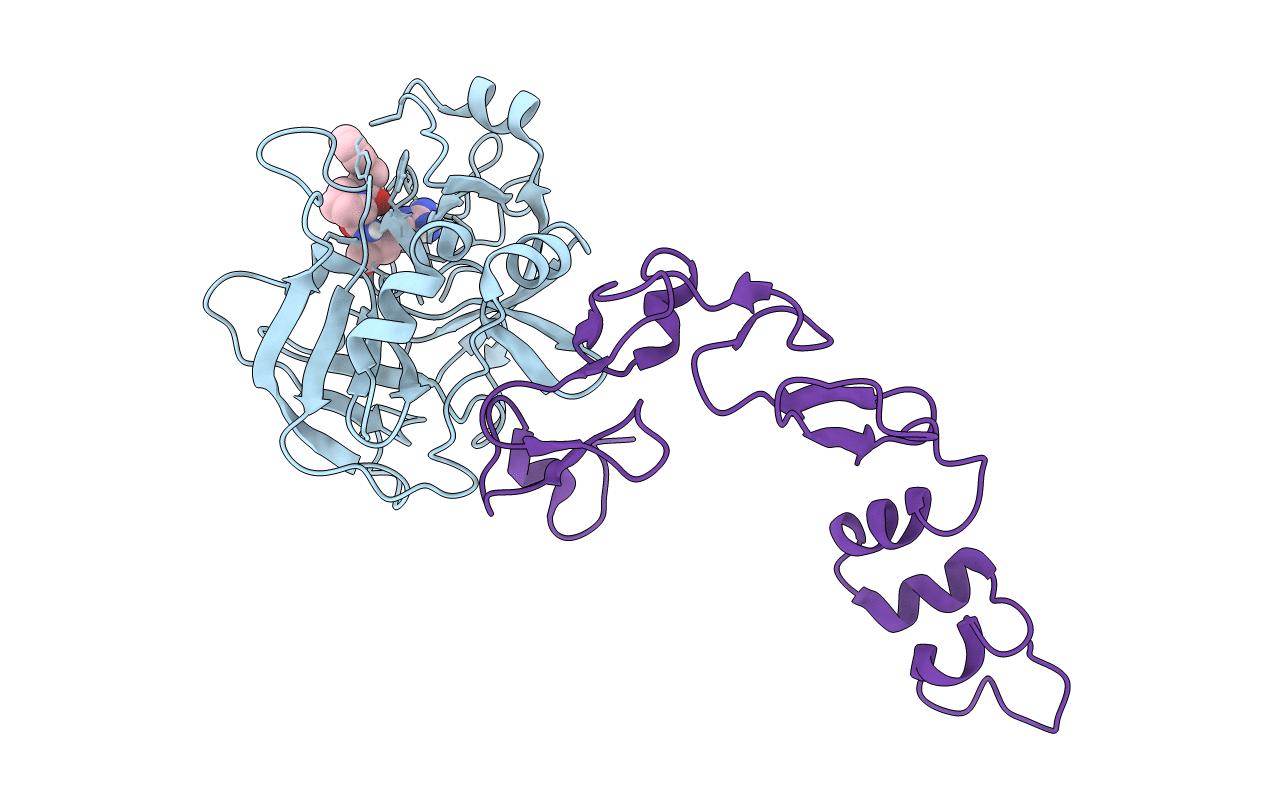
Deposition Date
1995-07-19
Release Date
1996-08-17
Last Version Date
2025-03-26
Method Details:
Experimental Method:
Resolution:
3.00 Å
R-Value Work:
0.19
R-Value Observed:
0.19
Space Group:
P 41 21 2


